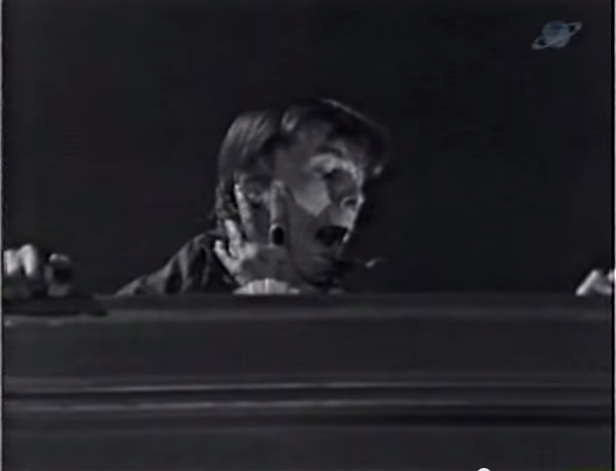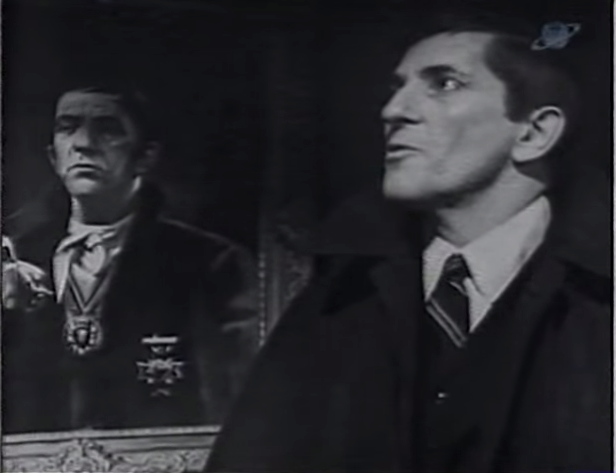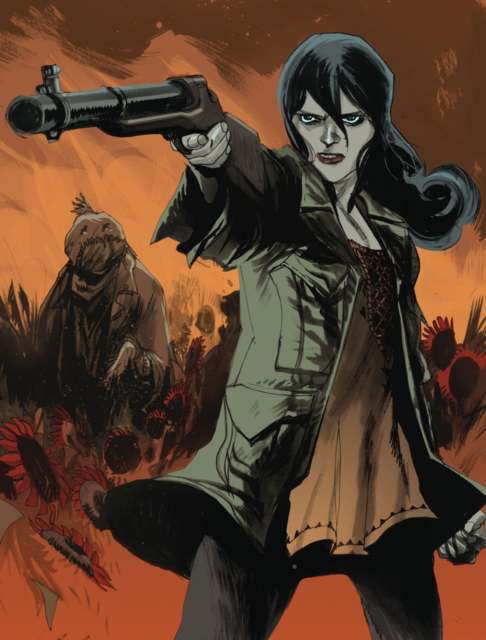Introduction: The Mysterious Creatures of the Night
Origin and Mythology
The whole concept of a pale blood-sucking creature that crawls into the night and transforms into a bat is not new; the traces of vampire stories can be tracked down to Mesopotamia (ca. 3100 B. C.). Likewise, one of the Aztecs’ deities shared a range of features with the classical definition of a vampire. A closer look at the European heritage of vampire stories will show that the character has undergone quite a transformation in the process. However, it was not until the 1720–1730s “vampire craze” that the mythological creatures had any unique features outside their craving for blood. After Bram Stoker’s revolutionary novel published in 1897, the vampire finally shook off his resemblance to the devil and became a unique mythological character.


The European Vampires: Welcome to the Hotel Transylvania
Dracula
Saying that the Dracula franchise has had a major impact on the European culture would be a huge understatement – the character, as well as the story, quickly gained a cult following not only in Europe but also all over the United States, spawning the creation of a range of similar demons in literature and movies. However, with all due respect to the breakthrough that Dracula’s story has had on the entire concept of vampirism, one must admit that the character was pretty bland. Dracula was driven solely by the desire to satisfy his animalistic carving for blood – it was scary enough as a concept, yet it did not make the character very interesting. As a result, Stoker has to focus on the experiences and emotions of the narrator, for the most part, leaving the beast aside for quite a while.
Nosferatu
Nosferatu, on the other hand, was obviously a step in the right direction. A movie released some thirty years after the famous Dracula story, it introduced the audience to a new kind of vampires – the ones that kept their original creepy look intact, yet we’re much more sophisticated in their desires and cravings. Nosferatu’s lust for power, as well as his sheer delight of people’s fear, contrasts sharply with Dracula’s consistent and somewhat dumb need for filling his stomach with blood. The necessity for Nosferatu to savor the dread of his victims made him more human-like and, at the same time, kept the distance between him and the mere mortals, therefore, creating the Uncanny Valley effect (Roberts and Roberts 225), which was enough to be struck with fear.
The American Vampires: The Marketing Power of Horror
The many faces of Dracula
Much like Europe, the United States has a very long and proud history of creating their vampire mythology. A closer look at the American concept of a vampire, however, will reveal that the latter has clearly undergone impressive changes. Unlike its European counterpart, the American concept of a vampire seems to have been shaped so that it could be marketed easier and that books and movies with vampires as the lead characters should sell better.
This does not presuppose, though, that the American ideal of a vampire is entirely deprived of any aesthetics – quite on the contrary, the U.S. characters, though having an impressive European heritage, developed unique features and gained impressive character arcs. A closer look at the way in which vampires were depicted in the American media, particularly in novels and TV series, will reveal that the monsters became more refined and were provided with a back story.
Dark Shadows and the Gothic aesthetics
Dark Shadows is, perhaps, one of the most well known American interpretations of the vampire-related myth. Though, belonging to the genre of a soap opera, it could not be any further from the concept of a horror movie, the specified series represented a unique image of a vampire. While still carrying the stereotypical traits of the Count Dracula, Barnabas from the Dark Shadows clearly incorporates the features that make him more three-dimensional. For example, he appears as a cruel monster, yet in the next scene, he plays the role of a refined gentleman – and, in fact, he manages to fool people into trusting him with the help of his attitude and charisma. At this point, the attempts of the American story writers and filmmakers to add the Dracula stereotype more depth become quite noticeable.


Pearl Jones and the advent of new vampires
The evolution of the image of a vampire in the United States and the differences, which the latter has undergone, can be attributed to the change in the target audience, which the movies and stories about vampires are aimed at. Indeed, a closer look at both will show that Stoker’s Dracula, for example, was written for older demographics – not for children and teenagers; the complex relationships between the characters, as well as the detailed description of the realm of the “adult” world, with references to economy and politics, was obviously not meant for children. Such cultural phenomena as the supernatural in the Harry Potter franchise, or The Lord of the Rings, in their turn, are obviously promoted to the younger generation in the United States, hence the changes in the representation of vampires.
Consequently, it will be reasonable to suggest that, to cater to the needs of the aforementioned demographics, “an escape from the mundane realities of day-to-day existence” (Maasik and Solomon 14) is provided through the alterations in the image of a vampire. However, in order to help the “escapees” project their fantasies onto the everyday reality, the references to the reality are inserted into the image of a vampire. Consequently, vampires have become more human-like, as if their creators were trying to introduce an element of thrill into the ordinary lives of the viewers. With the Pearl Jones comic book series being the introduction to the new concept of a vampire, the idea of adding a certain tint of glamour to the image of the creature was planted into the American popular culture.

The true House of Horror: the Twilight franchise
This invites the question of whether the inclusion of human traits and features devalues the concept of a vampire and defies the heritage of Dracula, Nosferatu, and other famous vampire characters in modern American culture. On the one hand, the changes, which the concept of a vampire has undergone, seem quite necessary. Instead of being evil for the sake of being evil, vampires became full-fledged and fleshed-out characters with complex arcs and interesting backstories. On the other hand, the image of a vampire seems to have become the furthest thing possible from what the original idea was about; instead of being the antagonists, the scary demons that were supposed to be defeated by the lead character, they themselves became the leads, i.e., the characters that the audience was supposed to empathize with and relate to. The famous Interview with the Vampire, which resulted in making the creatures “sympathetic and sexy” (14) seems to have been the first step towards the notorious Twilight, the movie that is as much hated by movie critics as it is loved by the target audience, i.e., overly romantic female teenagers.
Conclusion: When There Is No Silver Bullet
Despite the fact that there is a huge difference not only between the European and the American idea of a vampire as a fictional character but also between the traditional and the modern interpretations of the image, the transformation, though unusual, seems rather legitimate. No matter how far the current concept of a vampire from the traditional idea is, it still opens a pool of opportunities for artists, writers, and moviemakers to explore. The existence of bad movies and novels with vampires as leads in them does not prove that the entire concept cannot evolve. Quite on the contrary, it needs to progress. People need new challenges in order to come up with new and unique interpretations. Pushing the envelope and challenging the traditional perception of supernatural in general and vampires, in particular, may lead to the creation of another masterpiece comparable to Bram Stoker’s Dracula.
Works Cited
Camazotz, the Death Bat. 2011. Web.
ESP: Ancient Vampires. 2011. Web.
Maasik, Sonia, and Jack Solomon. “Interpreting Popular Signs: The Modern Vampire.” Signs of Life in the USA.Boston, NA: Bedford/St. Martin’s. 2012. 13–21. Print.
MrDoucab. “Dark Shadows (TV Series): Barnabas Is Freed From His Coffin In 1967.”YouTube. 2012. Web.
“Pearl Jones (Character).” ComicVine. n. d. Web.
Roberts, Debbie and Roberts, Nathan J. “Clinical Simulation: Dare We Venture into the Uncanny Valley?” Nurse Education in Practice 14.3 (2014), 225 – 226. Print.